Today, the biggest news comes from the Russian federation.
Here, Russia’s air campaign is undergoing a transformation as its aging Fab and Kab series bombs are being repurposed into long-range precision weapons. By upgrading these weapon systems, Russia has essentially created a new class of low-cost, long-range strike weapons that blur the line between glide bombs and cruise missiles.

In recent months, Russian forces have introduced unified guidance and propulsion modules that have turned their old Fab and Kab bombs into far more capable weapons. The latest variants, known as UMPD, mount small turbojet engines onto previously upgraded glide bombs, extending their range to roughly 150 to 200 kilometers from the launch point. These upgraded bombs follow flight paths similar to cruise missiles but are much cheaper and quicker to produce.
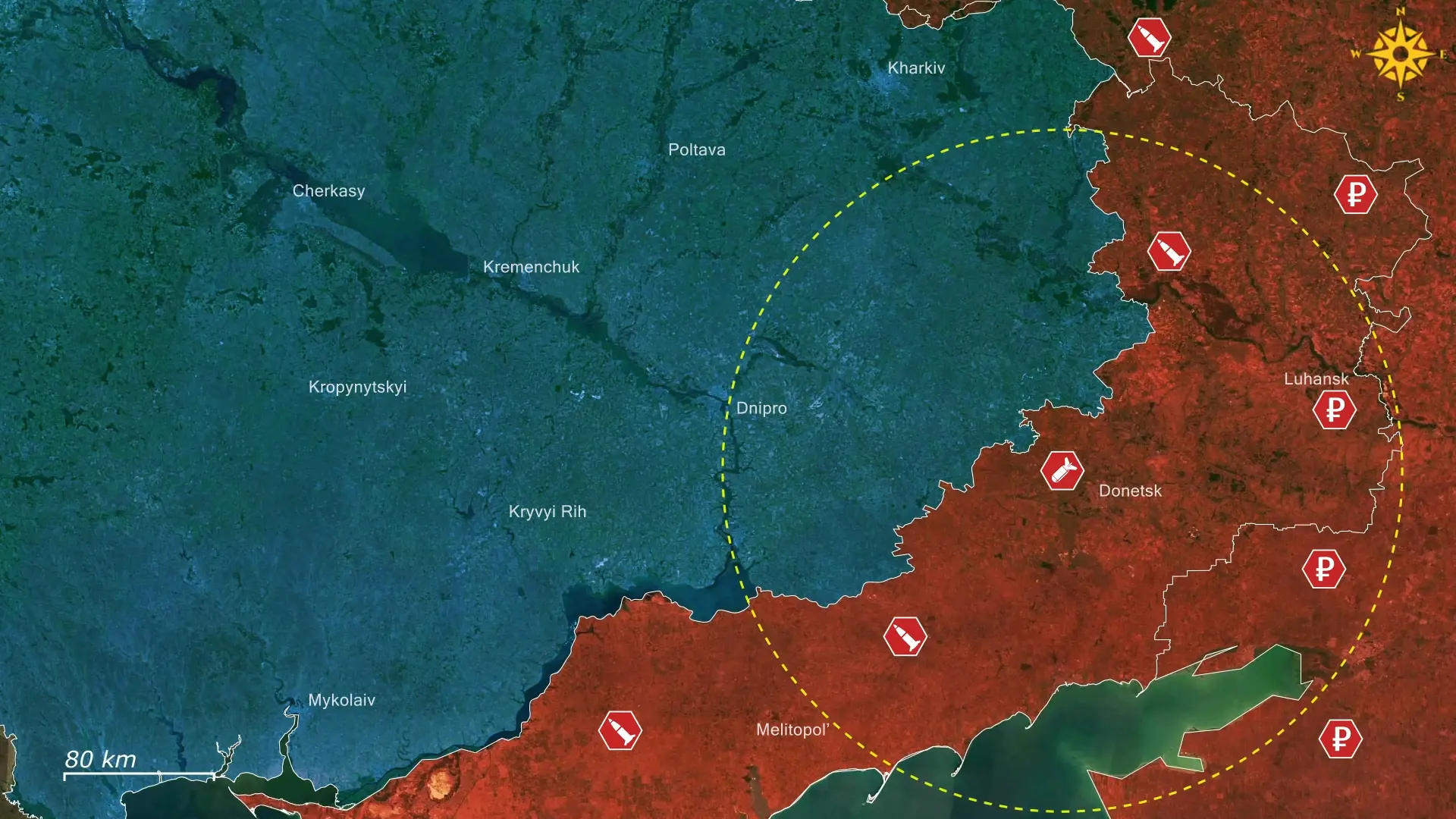
Ukrainian intelligence and open-source analysts have confirmed their use in strikes on Mykolaiv, Poltava, Lozova, Kryvyi Rih, and Dnipropetrovsk, with several attacks taking place over 110 kilometers from the front line. This demonstrates that Russian aircrafts can now deliver heavy strikes from within Russian or Black Sea airspace, beyond the reach of most Ukrainian defenses. The efficiency of these system lies in its simplicity, the original bomb casing and warhead remain intact, while modular guidance and jet-propulsion units are attached externally. The result is a cost-effective alternative to expensive cruise missiles, one that Russia can produce in large quantities using existing stockpiles.

The practical impact of these upgrades is substantial because they reshape both the cost balance and the tempo of air operations. Russian aircraft no longer need to approach the front line which lets them increase the frequency of strikes and push the threat zone deep into Ukraine’s rear areas.

A single Su-34 carrying several of these modified bombs can now deliver heavy explosive payloads at a fraction of the price of traditional precision missiles. The cost difference becomes stark when the weapon and counter costs are set side by side, a jet-powered glide bomb is currently estimated at roughly two to three hundred thousand dollars while a Russian air-launched cruise missile such as a Kh-101 or Kalibr can cost from about one million up to six million dollars, and on the defensive side, a Ukrainian interceptor missle commonly falls in the range of one to four million dollars per missile. The introduction of powered bombs therefore complicates Ukrainian air-defense planning because their radar and flight profiles mirror cruise missiles, forcing operators to make split-second choices about engagement priorities and which interceptor to commit.

For Ukraine, the challenge now lies in finding effective yet economically sustainable counters. The Ukrainian Air Force has demonstrated the ability to shoot down some of these bombs, notably the jet-powered variants that behave like slow cruise missiles, but each intercept carries a steep price.
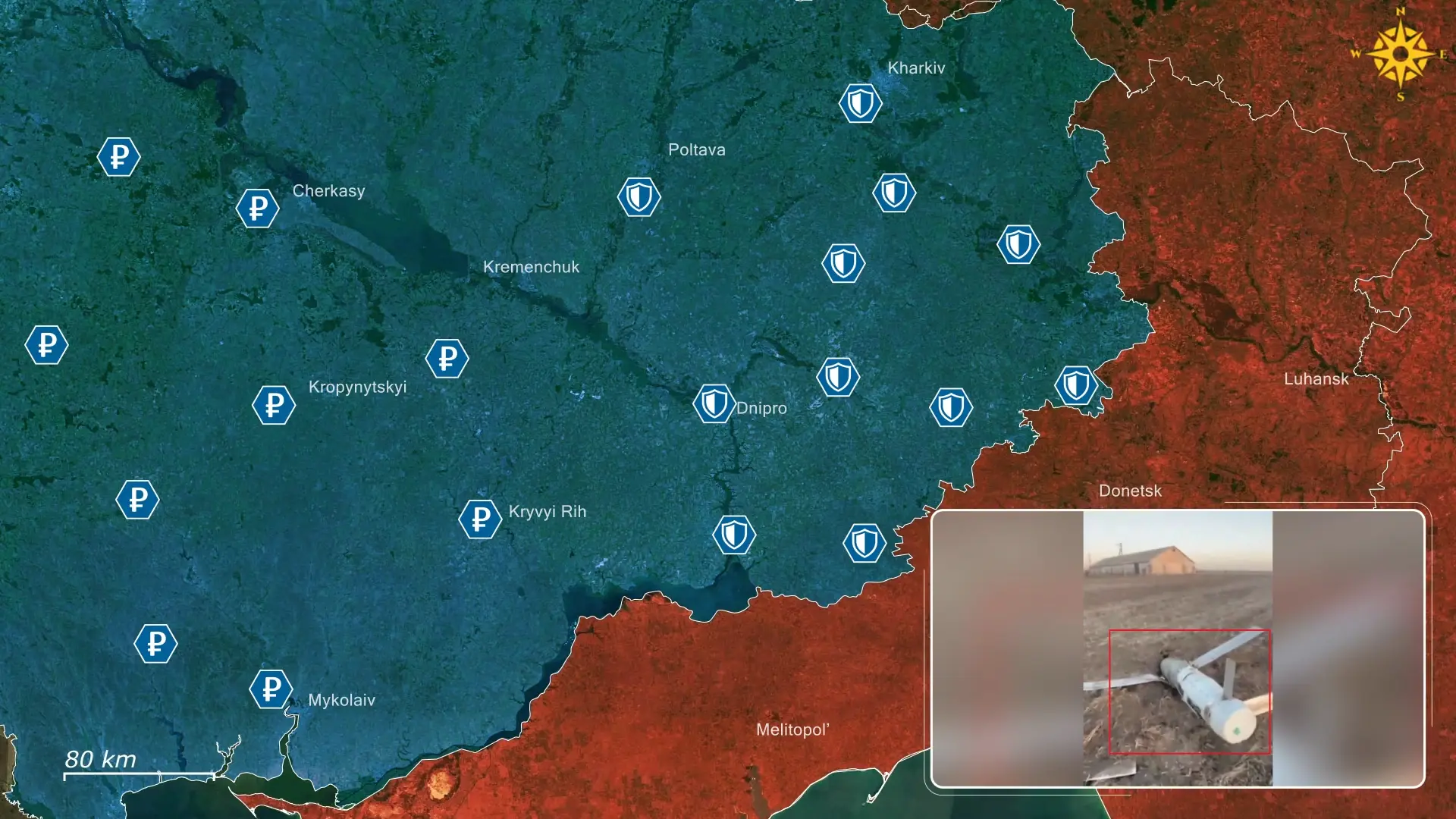
High-end systems such as Patriot or Nasams can destroy these threats, but at a heavy financial cost. By contrast, electronic warfare offers a far more efficient solution. The Russian guidance kits rely on satellite navigation, which can be jammed by strong electronic warfare systems.

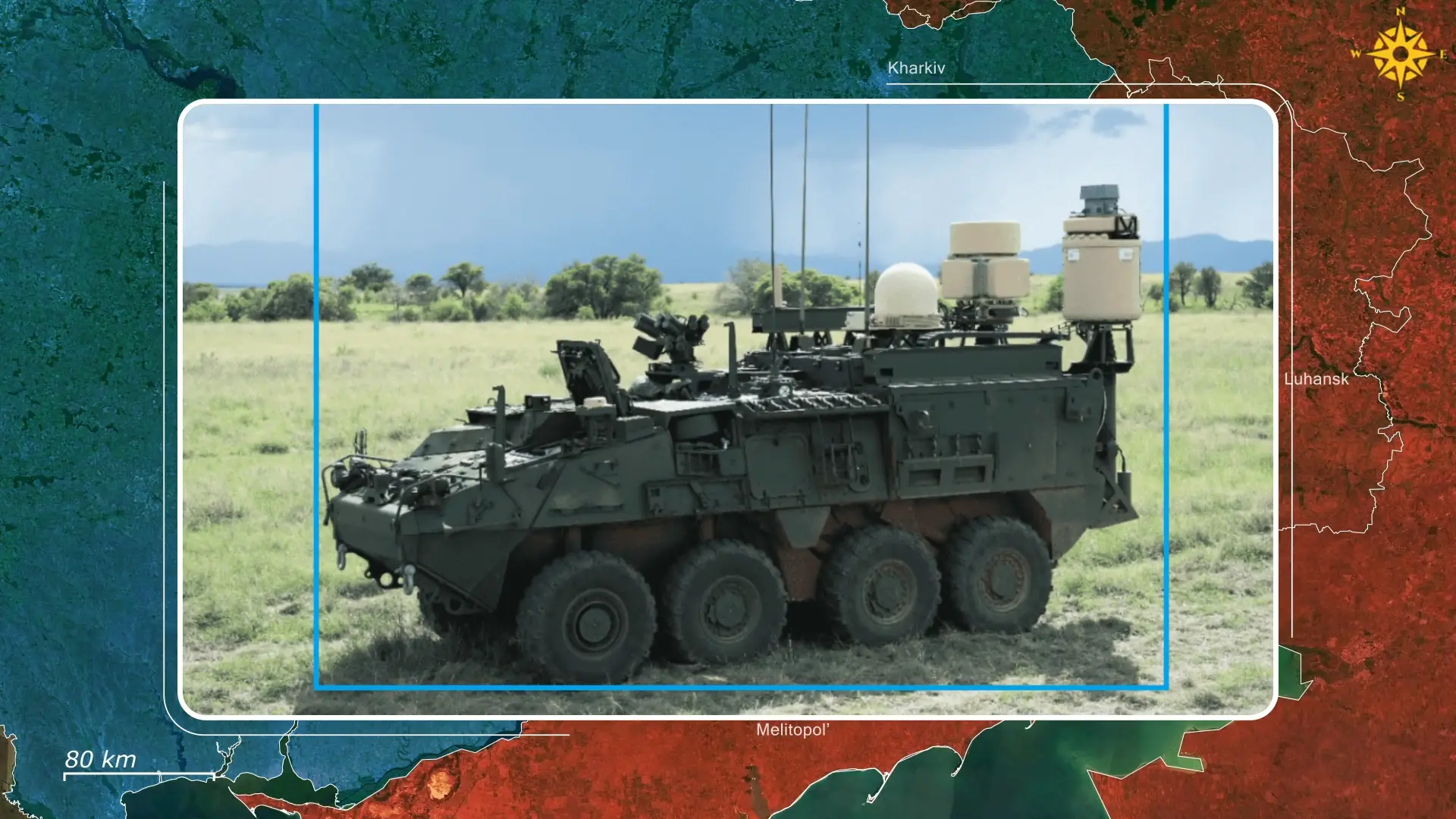
Expanding jamming coverage along likely approach corridors, particularly around Kremenchuk, Dnipro, and Mykolaiv, can significantly reduce bomb accuracy without consuming missile interceptors. Additional passive defenses, such as dispersing ammunition depots, camouflaging infrastructure, and accelerating repair capabilities, further limit the damage and maintain operational tempo. Even when the cost of interception outweighs the price of the incoming bomb, each successful defense remains justified. Protecting lives, infrastructure, and critical assets carries a value that transcends the cost of engagement. The task for Ukraine is not only to intercept but to adapt smarter, combining selective interceptor use, wider jamming deployment, and deception tactics to keep defenses sustainable.
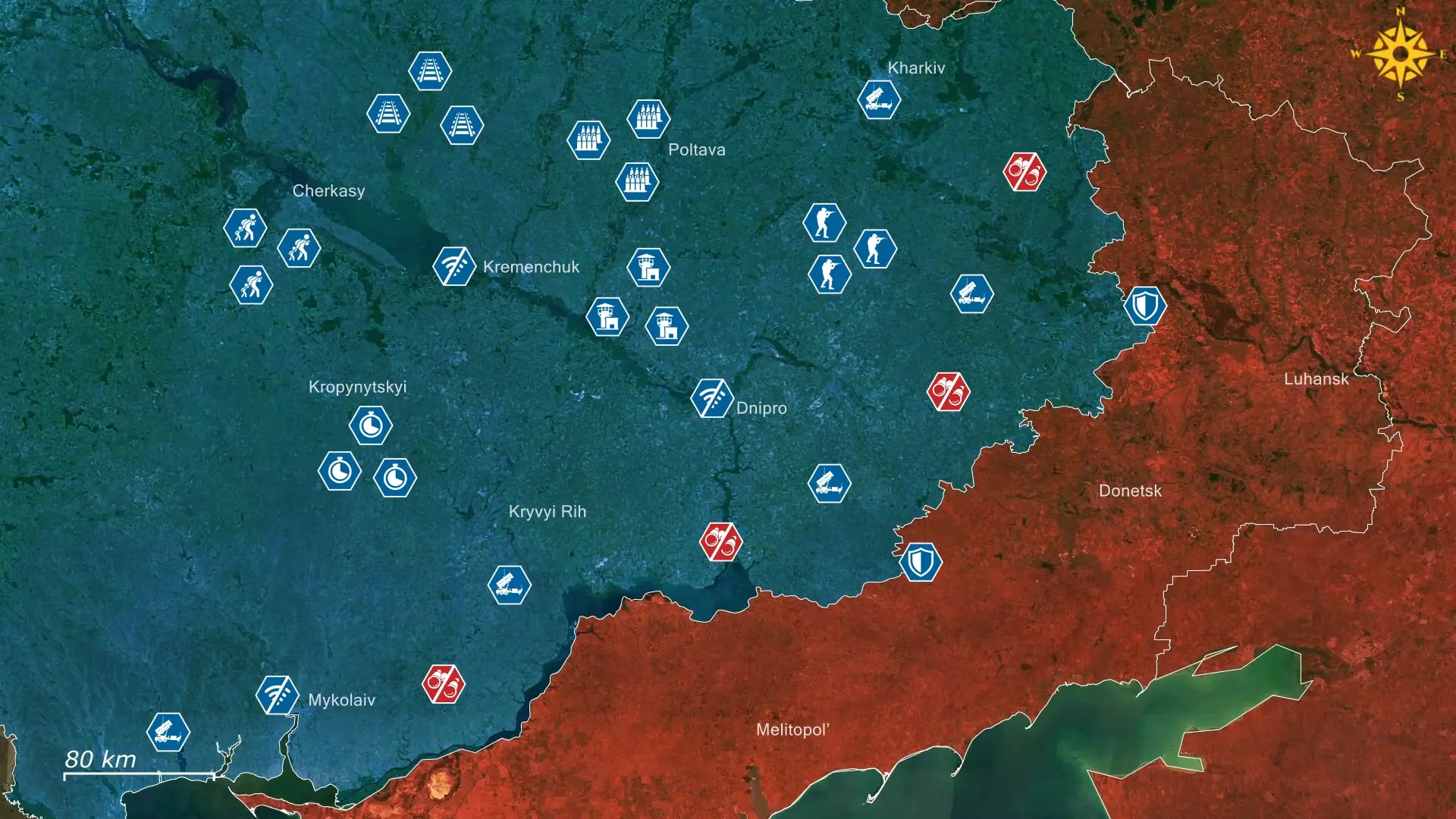
Overall, Russia’s transformation of its aerial bombs marks a new escalation of the war, incremental upgrades turn old munitions into long-range precision weapons. Yet this development also exposes Russia’s growing reliance on innovation and improvised solutions, while Ukraine continues to respond with resilience and ingenuity. The skies may be growing more dangerous, but every new threat drives Ukraine to refine its defense network and turn adaptation into survival. In the end, Russia’s low-cost strategy may save resources, but Ukraine’s resolve, creativity, and capacity to innovate will determine who truly holds the advantage.
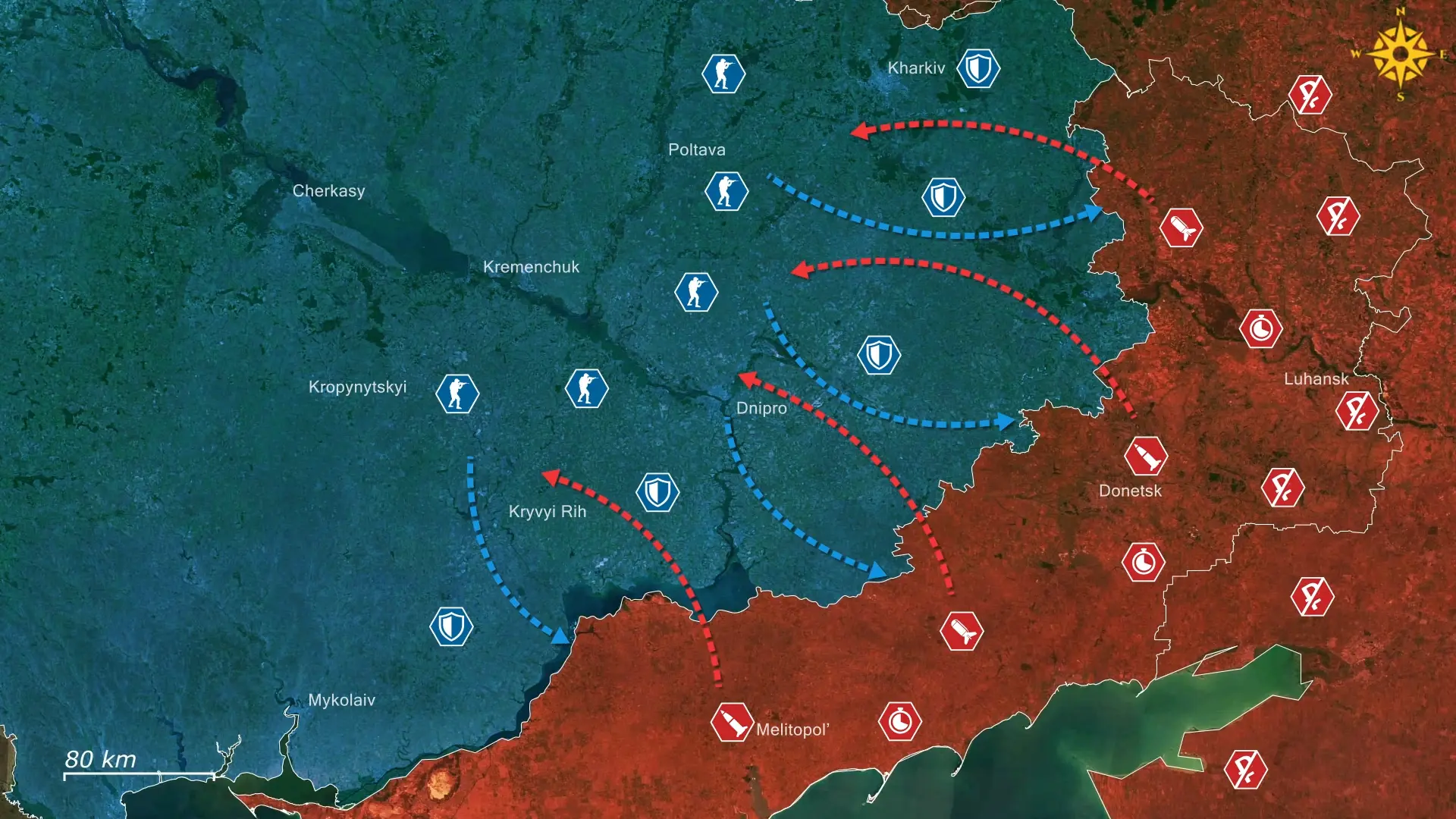









.jpg)

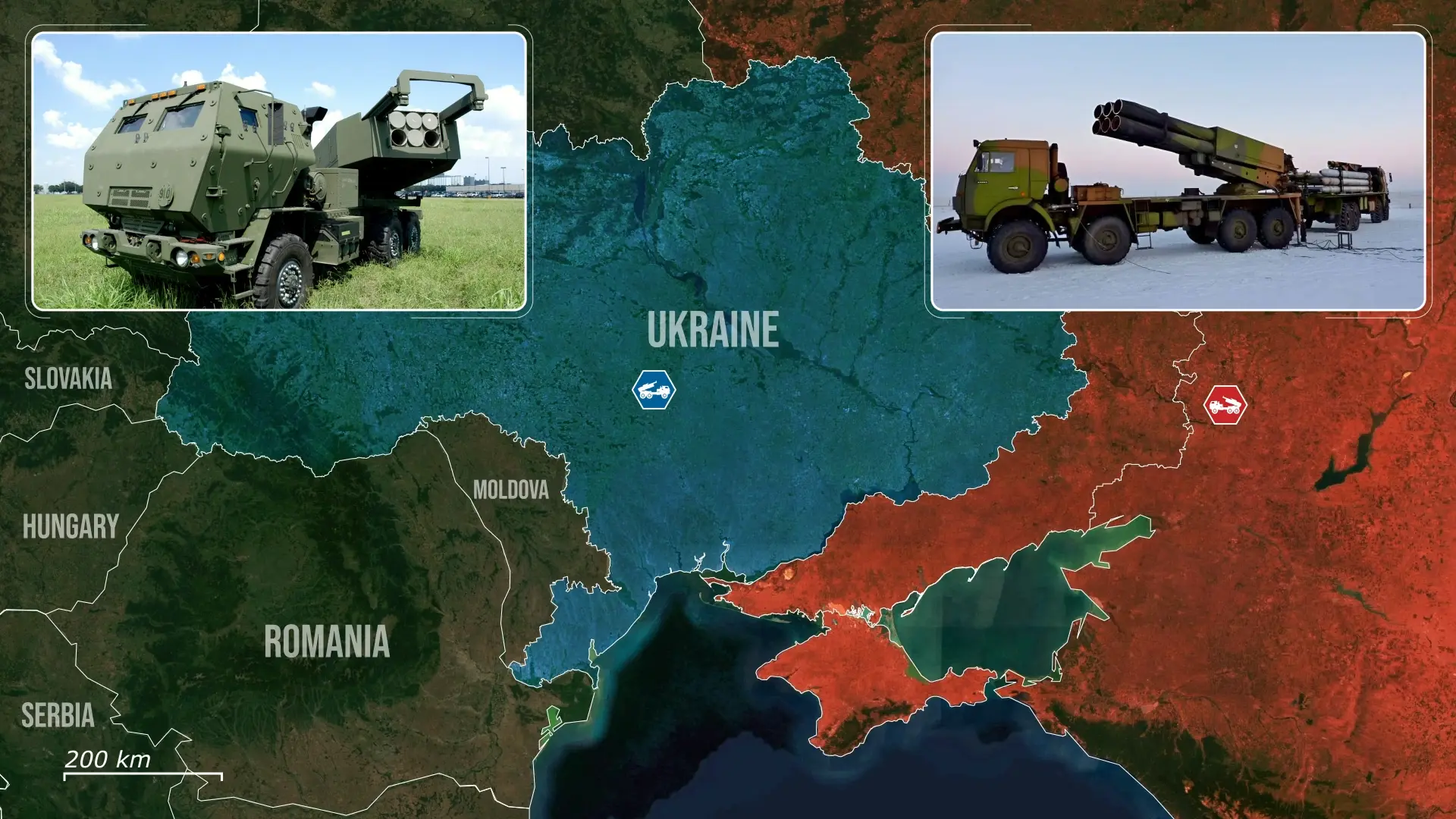


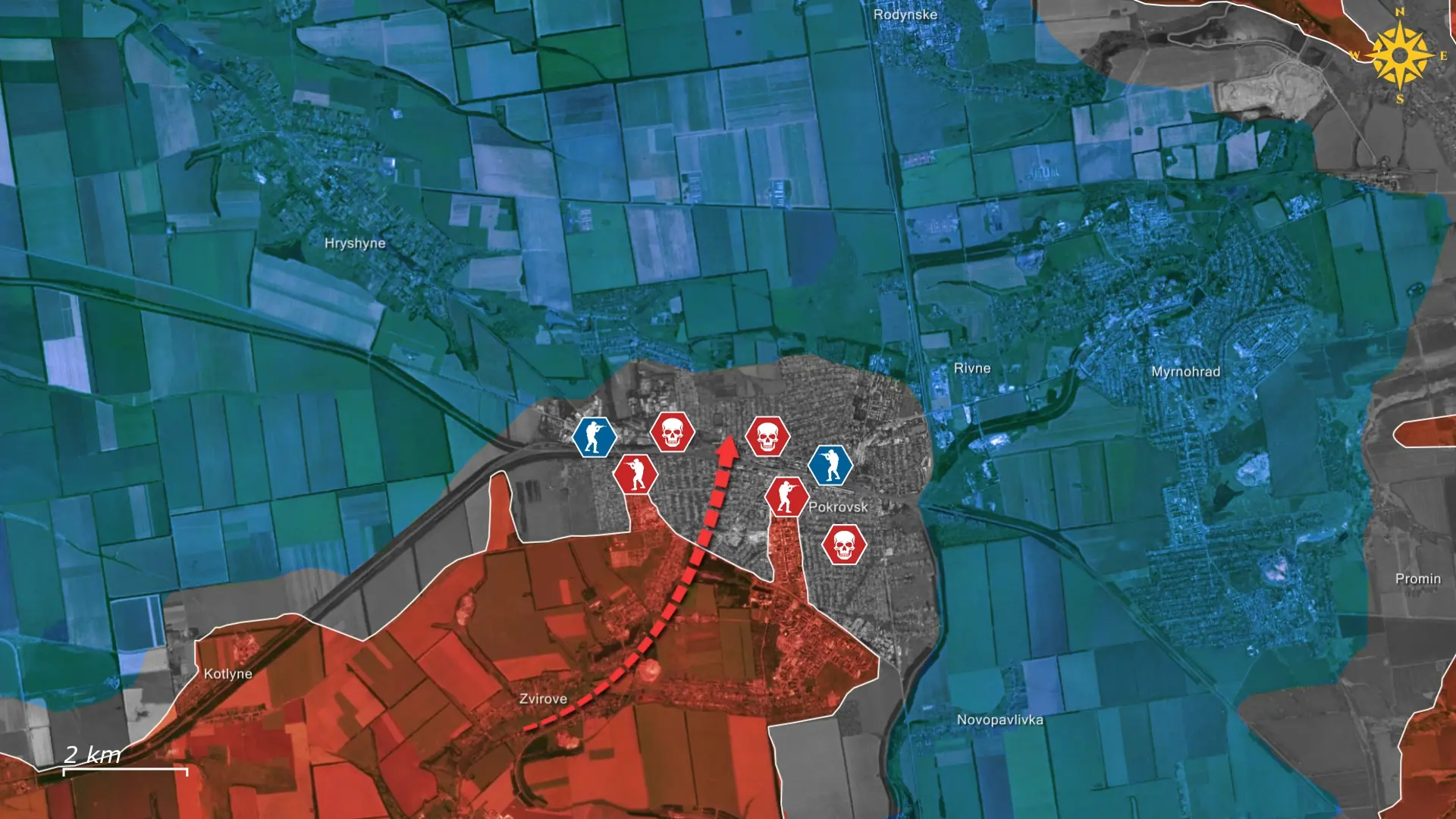
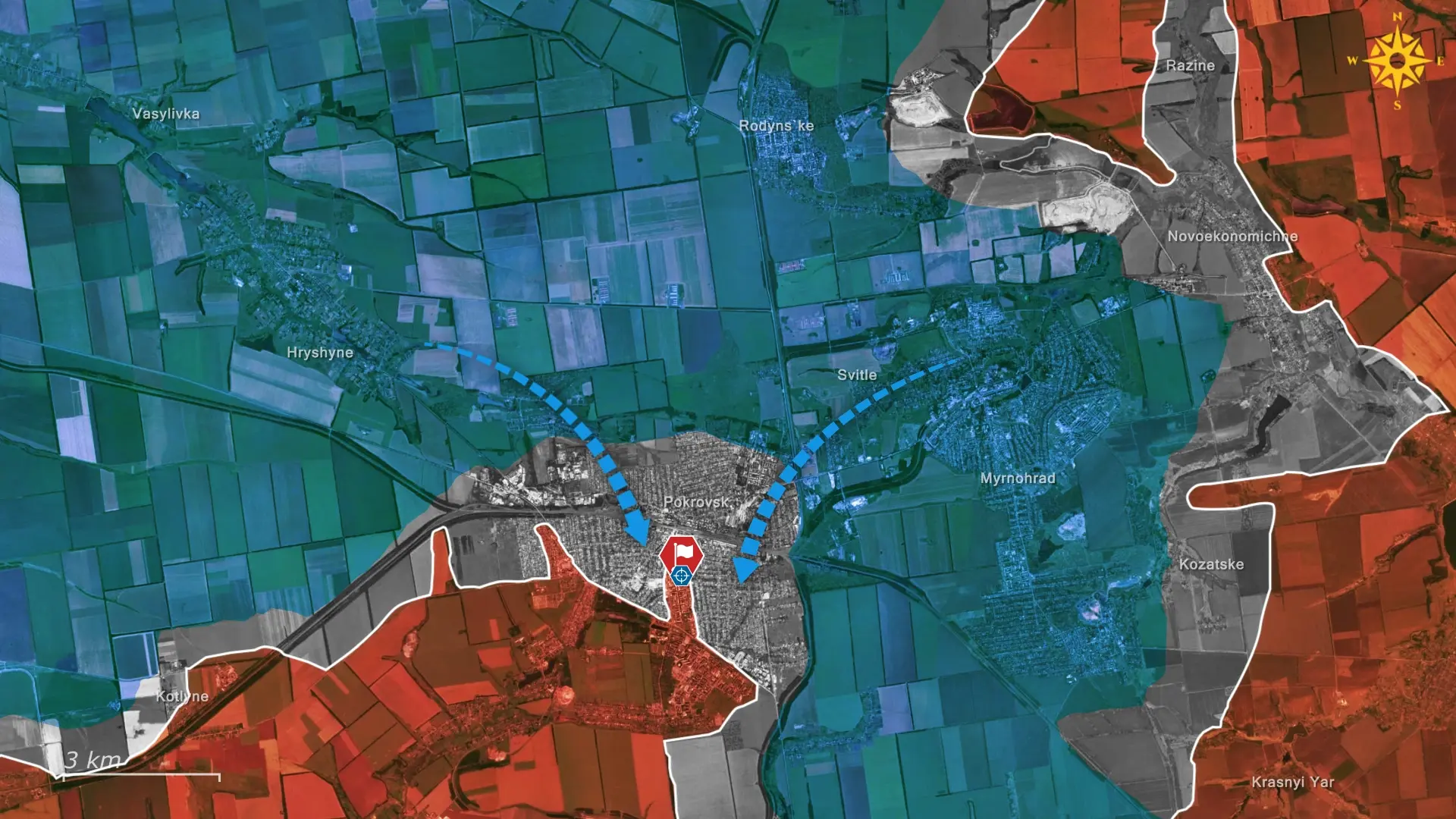
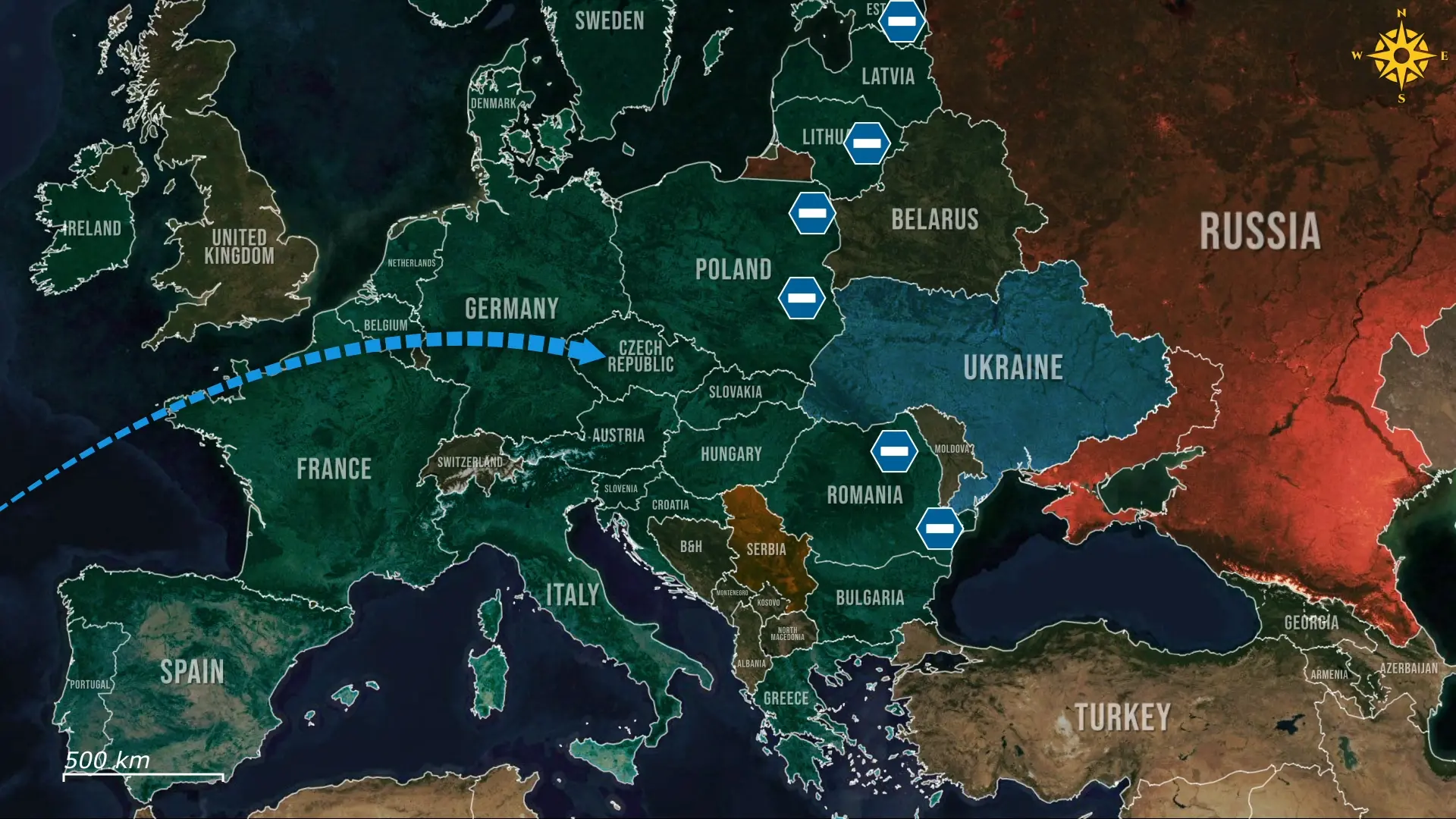
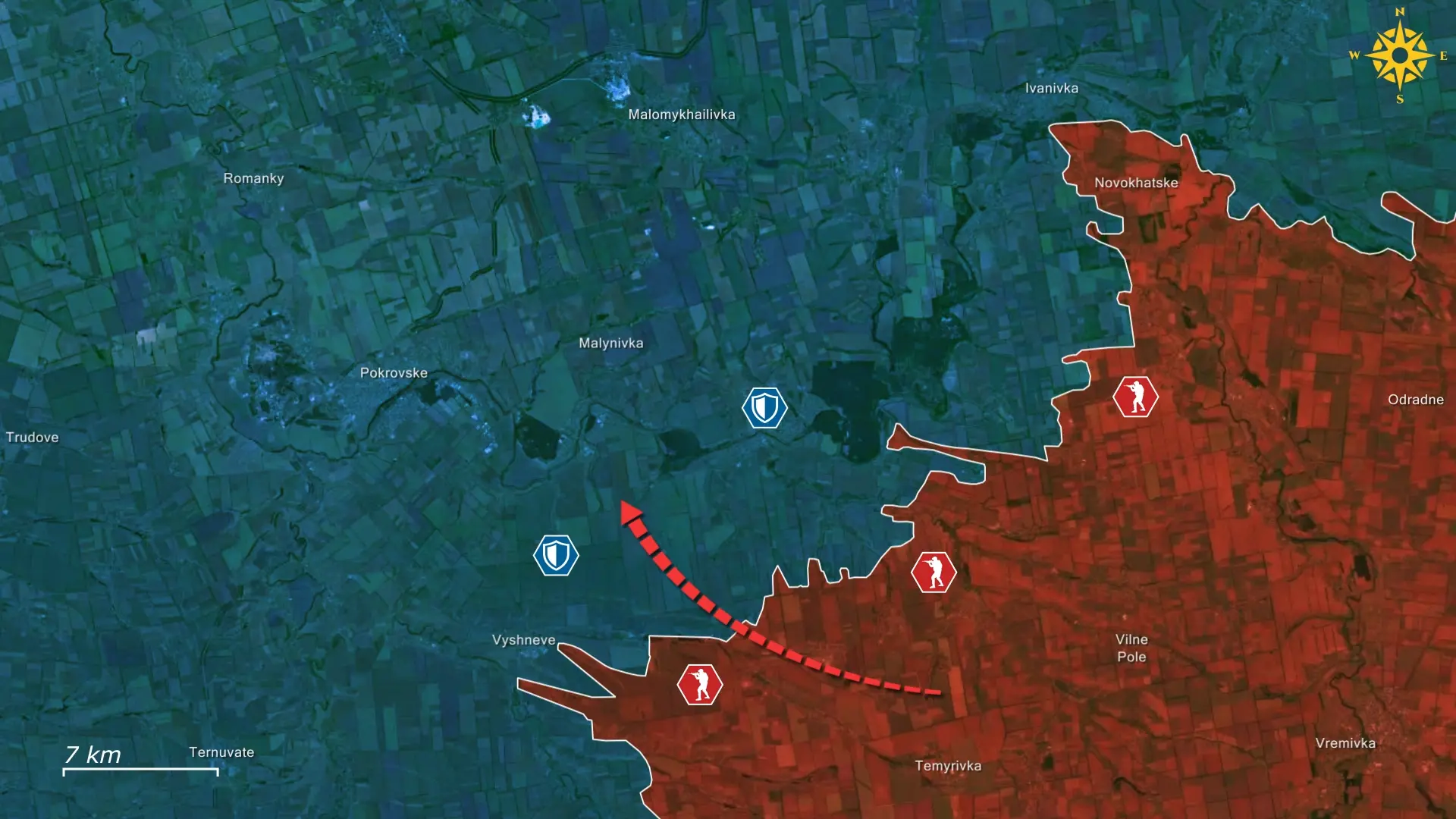
Comments